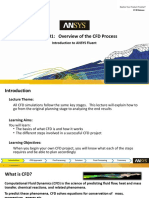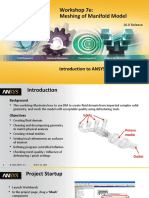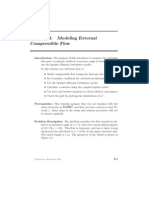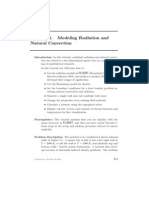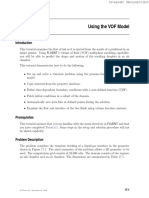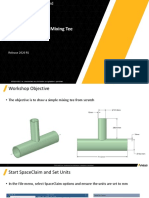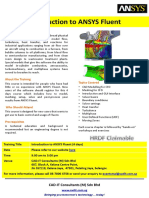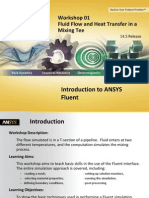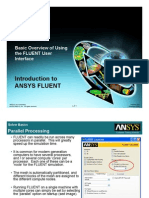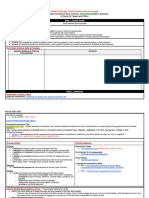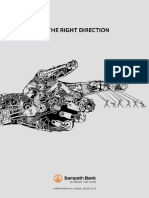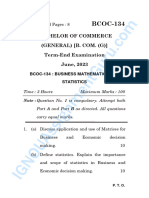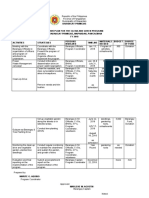0% found this document useful (0 votes)
339 views13 pagesModule 02: Setting Up Domain: Introduction To ANSYS Fluent
Uploaded by
Luis Alejandro Amante SantanaCopyright
© © All Rights Reserved
We take content rights seriously. If you suspect this is your content, claim it here.
Available Formats
Download as PDF, TXT or read online on Scribd
0% found this document useful (0 votes)
339 views13 pagesModule 02: Setting Up Domain: Introduction To ANSYS Fluent
Uploaded by
Luis Alejandro Amante SantanaCopyright
© © All Rights Reserved
We take content rights seriously. If you suspect this is your content, claim it here.
Available Formats
Download as PDF, TXT or read online on Scribd
/ 13





